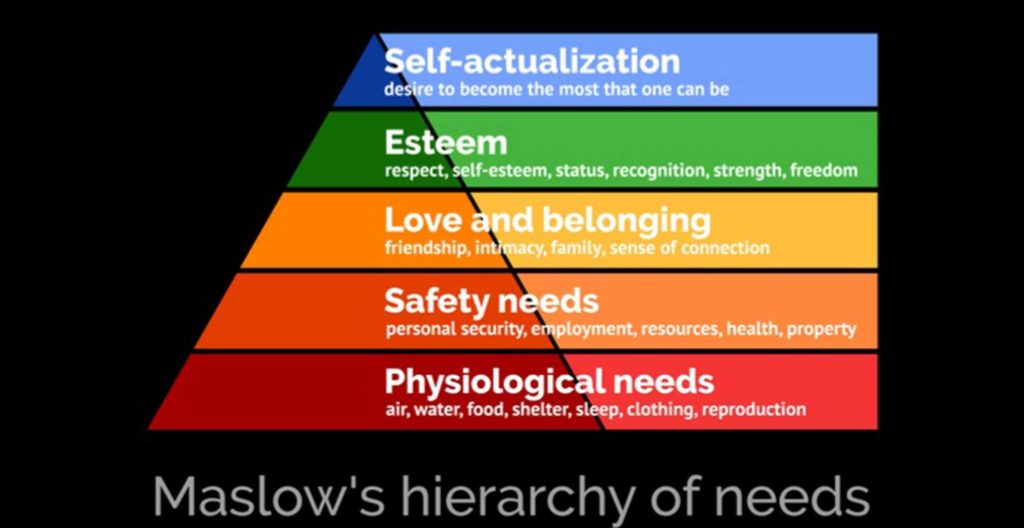What is share of voice? The term “share of voice” (SOV) is a relatively recent marketing phrase that refers to a company’s share of the market’s voice. In other words, it’s a way to measure how much noise a particular brand is making compared to its competitors.
Share Of Voice: The Complete Beginner’s Guide
It can be used to help businesses understand how they stack up against their rivals and identify growth opportunities. If you’re just starting out in marketing or curious about the share of voice and want to learn more, read on!
Explanation Of Share Of Voice
Share of Voice (SOV) is a marketing metric that allows you to assess your brand’s awareness across various marketing channels. Using this metric, you can determine how effectively your ads, social media mentions, and even website traffic compare to your competitors. As a result, you can determine how significant your online presence is in your niche.
SOV is also a valuable tool for understanding how many shares of the market’s attention your brand receives. It can help you determine whether or not you need to allocate more resources to marketing to increase your visibility. Additionally, SOV can show you which specific channels generate the most awareness for your business and where you should focus on improvement.
Market share and revenue tend to be synonymous with the share of voice, though market share is not the same as SOV.
What is Market Share?
The amount of market share a company has is the proportion of an industry’s sales it controls. This means the ratio of overall industry income that your company has earned by selling its products and services. Large companies have the most market share and compete with smaller enterprises.
Market share only refers to your sales share despite exhibiting a similar concept (calculating your performance compared to your competitors).
How to Calculate Share of Voice
To determine the share of voice, divide your brand’s performance indicators by the total market performance. This might be your social media engagement, website traffic, or advertising clicks. Then, multiply the number you receive by 100 to find your percentage.
For example, if your company has a social media engagement of 50,000 and the total market engagement is 100,000, your share of voice would be 50%.
To find your engagement numbers, you’ll need to become familiar with the data analytics of your social media platforms and website. There are a variety of different tools to help facilitate this process.
Once you have these numbers, it’s easy to calculate your share of voice using this formula: (Brand Performance Indicator / Total Market Performance) x 100 = Share of Voice %.
You’ll need to utilize the data analytic tools of your channels to find the necessary numbers needed to calculate SOV. However, most social media platforms and website analytics will have this data readily available. Once you have it, the calculation is straightforward.
Which Channels Should Be Calculated For SOV?
When calculating the share of voice, it’s important to consider all the channels through which your company is being exposed. This includes advertising and social media, website traffic, and other avenues by which customers might interact with your brand.
The most common channels that are used to calculate SOV are:
- Advertisement clicks (including online and offline)
- Social media mentions (Twitter, Facebook, Instagram, etc.)
- Website traffic (unique visitors, page views, time on site, etc.)
It’s important to measure all of these channels to get a comprehensive view of how much attention your brand is receiving. However, don’t feel overwhelmed. You don’t need to track every possible metric. If you’re just starting out, it’s best to pick the most relevant channel and start there.
How Can You Use Share of Voice?
The share of voice indicates how much attention (or share) you are receiving compared to other businesses in your sector or field. With this information, you’ll be able to understand where more resources should go towards increasing awareness for your brand online through specific channels such as social media or advertising campaigns.
Brand awareness is essential for any business, no matter how small. By tracking your share of voice, you can ensure that your company gets the attention it deserves and makes sure that you’re doing everything possible to reach your target market.
Another benefit of SOV is that it can help you identify new growth opportunities. If your share of voice is low in a particular channel, that might indicate that there’s room for expansion in that area. For example, if your website traffic is down, you might consider increasing your SEO efforts to drive more visitors.
The share of voice can also be used as a benchmarking tool. By tracking how your company’s share of voice changes over time, you can measure the success of your marketing campaigns and understand which channels are most effective at driving awareness for your brand.
Customer Relations and SOV
The share of voice is also helpful for customer relations. By measuring the share of voice, you can understand how satisfied your customers are with what they see online about your brand and how many people are talking about it in positive ways versus negative ones.
This information allows businesses to adjust their strategies accordingly so that more consumers will engage positively on social media platforms such as Twitter or Facebook. Additionally, it helps companies avoid bad publicity by identifying potential issues before they get out of control.
SOV Example
Let’s say Bob is a manager at Celebcash, which sells coffee. He wants to know if his company has enough share of voice compared to other similar brands like Elk Coffee or Slammin’ Scones.
To start, he’ll need to calculate the share of voice for each company. For Celebcash, this would include advertisement clicks, social media mentions, and website traffic. Elk Coffee and Slammin’ Scones would only include advertisement clicks and social media mentions because they don’t have websites.
Once he has these numbers, Bob can easily compare these numbers using a graph or percentage calculation. From there, he can decide whether or not to invest more in advertising or social media to increase the share of voice.
If you want to stay ahead of the competition, it’s important to understand SOV and optimize your content. Big Bold Thinkers is here to help. Contact us today and let us show you how we can help increase your SOV so that you can dominate your industry.










